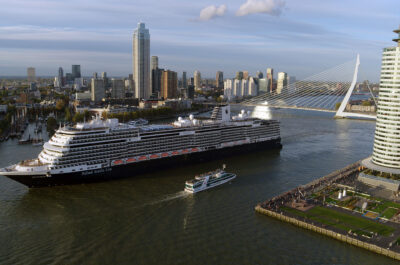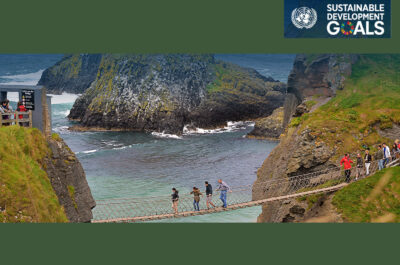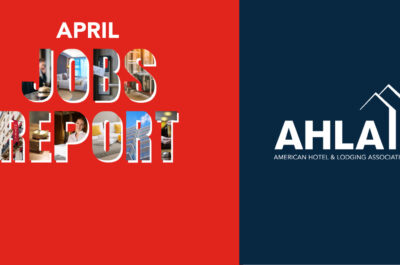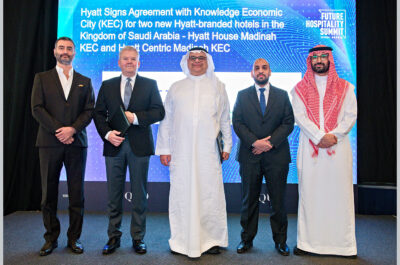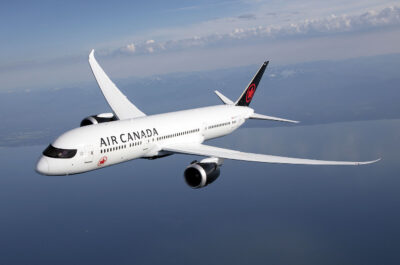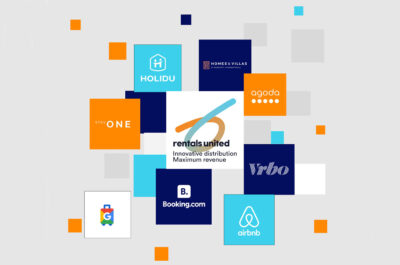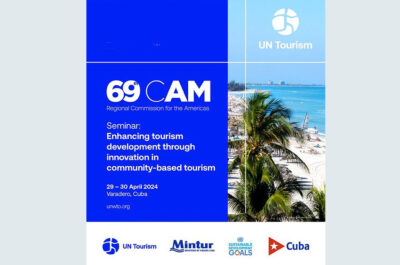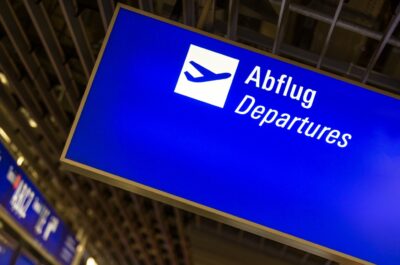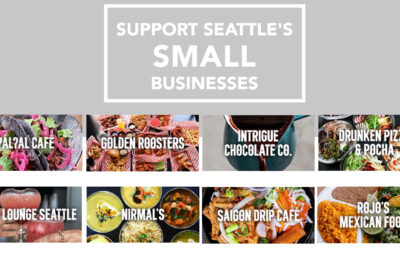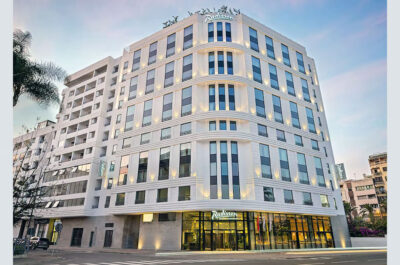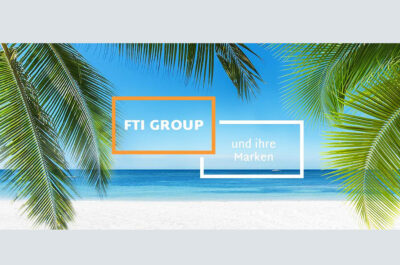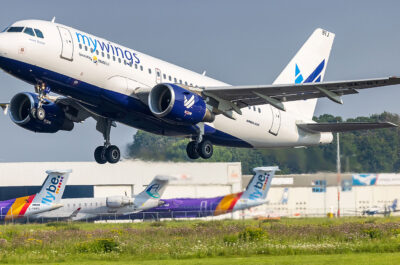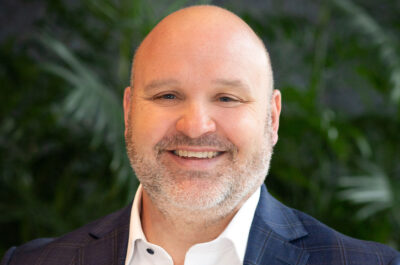…
 Any good sales person must follow up immediately his concrete leads after a sales trip. It would be silly if he/she did not. But what do you do with the dozens of cards you collected during a trip? Many times you look at them back in the office and the name of company does not tell you anything.
Any good sales person must follow up immediately his concrete leads after a sales trip. It would be silly if he/she did not. But what do you do with the dozens of cards you collected during a trip? Many times you look at them back in the office and the name of company does not tell you anything.
To avoid this it is therefore essential to make a small report every evening about whom you met, under what circumstances and what was your impression about the contact. If you have a laptop with the basic module of your database it is even better. You can update your records directly, and then download them in your office computers once you are back at home.
If you do not have a portable PC, it is easier and quicker if you use a standard sales report form with all the questions that needed to be answered and what you should do once you are back in the office. This form can be used as report and at the same time become the source from which you will update your computer records. You can download a sample of such a report from this link.
Urgent leads must be e-mailed or faxed to the office for immediate action.
In general, not all the contacts one makes are important immediately. Some contacts have a better prospective than others at a given moment. Once back in the office you will have to decide which contacts you will follow up immediately and which ones you can afford to follow up at a second stage, or not at all for the time being.
Here are some examples of how one can categorise the leads/contacts and the type of follow-up to do:
– The concrete leads or requests to which you should reply immediately once back in the office, or even while en route.
– The new contacts that you met in person and had a good conversation with them. To these contacts (once back in the office) you should write a letter, with personal touches referring to your conversations, introducing again your company and send your documentation.
– The old contacts. To them you should write again a personal letter telling them how pleased you were to see them again. Thank them for their past business and remind them that you look forward to their future business.
– The contacts with which you just exchanged business cards. If you decide that a follow-up is necessary, you should send to them a full presentation letter about your company and destination. In this case it is difficult to make a personal letter since you hardly had the chance to speak with them.
– General non-concrete leads given by friends, airlines and national tourist offices often do not require an immediate follow-up and they can wait until the first opportunity of a promotion mailing or the next sales trip.
As a rule, returning from a sales trip, one should update the computer database him/her self. If you ask a staff member to do it for you, it will be difficult for them to include your personal observations and remarks in the contact’s record.
Many suppliers will copy the catalogue of the visitors of a show and send out general stereotype letters to persons they never met. Telling someone you never met “how glad you were to see him…” is not recommended because you simply implicate that you have not done your homework of qualifying the contacts, and often produces negative impressions.
Generic letters following sales trips and trade shows should be avoided. If you cannot write a personal letter, you better not do it at all as the chances are more than sure that your letter will be unnoticed. By “personal letter” we do not mean use of the computer and word processing to replace the name of the contact after “Dear” in the letter. This is outdated and everybody today recognises a computer generated letter.
By “personal” we mean a letter in which you can refer to a particular conversation or circumstances that will help the prospective contact to remember who you are and when he/she met you.
At the next issue: Distribution of Requests.
© Tasso Pappas CITE ![]()
Tasso Pappas is President of the SITE Greek Chapter and served as President of SITE Intl. in 2000. This article is an extract from his book “To be or not to be a DMC” which he wrote in 1996 as his thesis for the certification CITE (Certified Incentive Travel Executive). More information about Tasso Pappas you can find at http://sites.google.com/site/tassopappasconsultancy/

